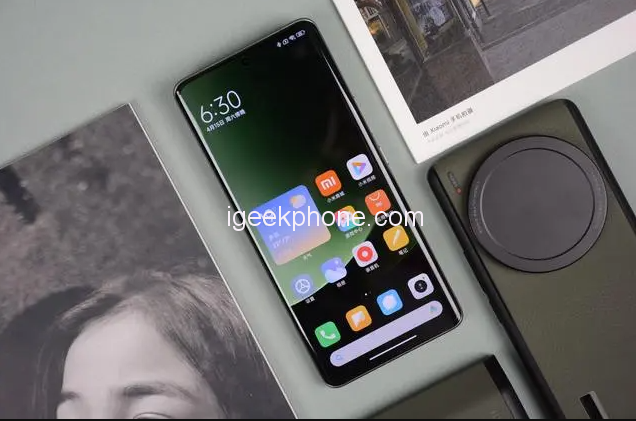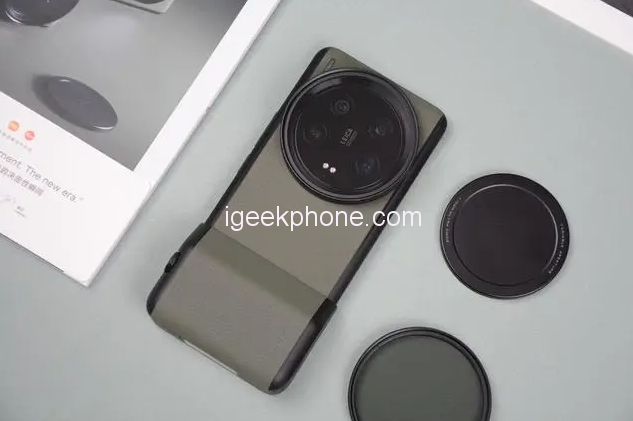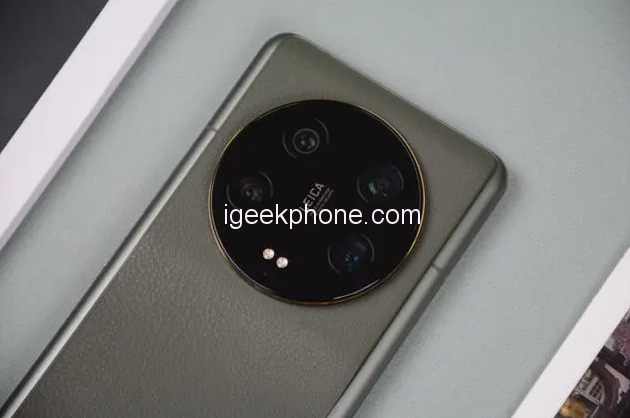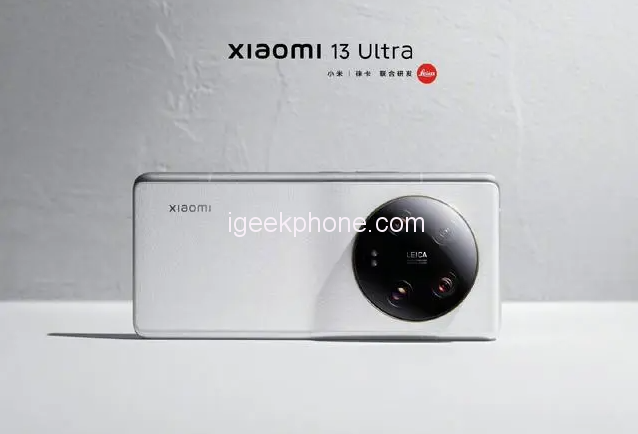The release of the Xiaomi Mi 13 Ultra just over a week ago has generated significant excitement and garnered a high level of popularity among smartphone enthusiasts. As the successor to the Mi 12S Ultra, which had already established itself as an excellent device with a notable partnership with Leica, the Mi 13 Ultra has managed to build upon its predecessor’s strengths while also addressing certain shortcomings. Despite the relatively short sales cycle of the Mi 12S Ultra, the Mi 13 Ultra has emerged as the quintessential flagship offering from Xiaomi.
One of the key areas where the Mi 13 Ultra surpasses its predecessor is in the processor department. While the Mi 12S Ultra boasted the Snapdragon 8+, the Mi 13 Ultra incorporates the latest Snapdragon 8Gen2. This newer processor not only delivers improved performance but also offers enhanced power consumption stability. Additionally, the Mi 13 Ultra features an upgrade to LPDDR5X and UFS4.0, theoretically resulting in faster overall performance.
Another notable distinction lies in the display technology employed by both devices. The Mi 12S Ultra sports a 2K screen manufactured using Samsung E5 material, supporting a resolution of 3200X1440, second-generation LTPO, and a color range of 1.07 billion colors. In contrast, the Mi 13 Ultra utilizes a domestic Huaxing Optoelectronics C7 flexible screen, also supporting 2K resolution and LTPO technology. Furthermore, the Mi 13 Ultra boasts advantages in areas such as high-frequency PWM dimming, brightness, and color representation. The rapid progress made by domestic screen manufacturers, bolstered by investments in research and development as well as support from the domestic supply chain, has contributed to the Mi 13 Ultra’s ability to rival the quality of Samsung displays and adequately justify its flagship status.
In terms of camera capabilities, both the Mi 12S Ultra and Mi 13 Ultra feature the same Sony IMX989 one-inch primary camera sensor. However, the Mi 13 Ultra takes things a step further with the inclusion of HyperOIS super optical image stabilization and two variable apertures, ensuring superior image stabilization and improved low-light photography. Additionally, the ultra-wide-angle lens of the Mi 13 Ultra receives a significant upgrade with a 50-megapixel ultra-low distortion Leica lens featuring an IMX858 sensor. The telephoto lens has also been enhanced, now boasting a 50-megapixel IMX858 lens. Moreover, the Mi 13 Ultra introduces an additional super-telephoto lens, resulting in a powerful quad-camera setup. These advancements in camera technology result in a substantial improvement in overall image quality, firmly establishing the Mi 13 Ultra as a generation of Leica image mobile phones.
Battery life and charging capabilities have also seen enhancements in the Mi 13 Ultra. While the Mi 12S Ultra offered a 4860mAh battery with 67W wired and 50W wireless charging, the Mi 13 Ultra features a larger 5000mAh battery and a notable boost in charging speeds with its 90W wired flash charging. Furthermore, the inclusion of a P2 charging chip contributes to improved battery life and charging efficiency. It is worth noting that compromising on charging speeds in flagship devices is a common practice within the industry, considering the premium materials and limited internal space available.
Read Also: Xiaomi Mi 13 Pro VS Mi 13 Ultra Comparison Review
In conclusion, the Mi 13 Ultra stands out as a highly accomplished device, particularly in the realm of imaging. Furthermore, its pricing for the same storage variant is lower than that of its predecessor, the Mi 12S Ultra. Therefore, for those with a budget to spare, the Mi 13 Ultra offers exceptional value for money and is undoubtedly a worthy investment. With its comprehensive set of features and improvements across various aspects, Xiaomi has once again asserted its position.
Do not forget to follow us on our Facebook group and page to keep you always aware of the latest advances, News, Updates, review, and giveaway on smartphones, tablets, gadgets, and more from the technology world of the future..










